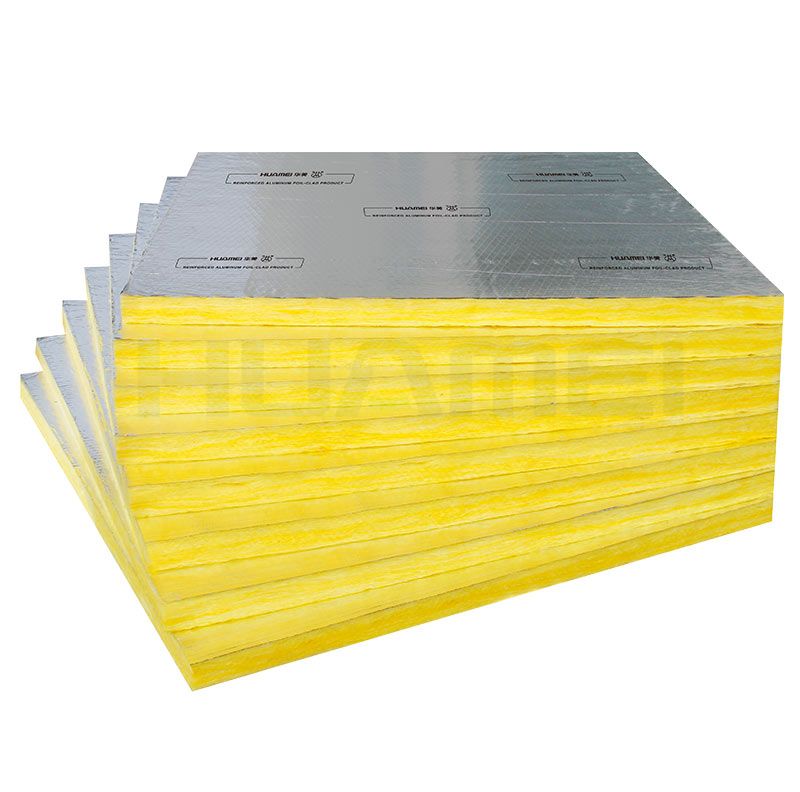Understanding the Benefits of Glass Wool with Aluminum Foil for Insulation
Glass wool with aluminum foil is a popular choice for insulation in homes and commercial buildings. This versatile material offers several benefits for maintaining temperature and energy efficiency. In this article, we'll delve into the advantages of using glass wool with aluminum foil for insulation.
Glass wool, also known as fiberglass, is an excellent insulating material that is widely used for its thermal and acoustic properties. When combined with an aluminum foil facing, it becomes even more efficient for various applications.
One of the primary advantages of glass wool with aluminum foil is its thermal resistance. The glass wool traps air within its fibers, creating a barrier that reduces heat transfer. The addition of aluminum foil enhances this effect by reflecting heat away from the surface. This makes it an ideal choice for both hot and cold climates, helping to keep indoor temperatures comfortable year-round.
Another benefit is its fire resistance. Glass wool is non-combustible, and the aluminum foil facing adds an extra layer of protection. This makes it a safe choice for insulating areas where fire safety is a concern, such as kitchens or industrial settings.
Additionally, the aluminum foil facing acts as a vapor barrier, preventing moisture from penetrating the insulation. This helps prevent mold and mildew growth, which can be harmful to indoor air quality and the structure of a building.
In summary, glass wool with aluminum foil is a highly efficient and versatile insulation material. Its thermal resistance, fire resistance, and moisture control properties make it a top choice for both residential and commercial insulation projects.
Glass wool, also known as fiberglass, is an excellent insulating material that is widely used for its thermal and acoustic properties. When combined with an aluminum foil facing, it becomes even more efficient for various applications.
One of the primary advantages of glass wool with aluminum foil is its thermal resistance. The glass wool traps air within its fibers, creating a barrier that reduces heat transfer. The addition of aluminum foil enhances this effect by reflecting heat away from the surface. This makes it an ideal choice for both hot and cold climates, helping to keep indoor temperatures comfortable year-round.
Another benefit is its fire resistance. Glass wool is non-combustible, and the aluminum foil facing adds an extra layer of protection. This makes it a safe choice for insulating areas where fire safety is a concern, such as kitchens or industrial settings.
Additionally, the aluminum foil facing acts as a vapor barrier, preventing moisture from penetrating the insulation. This helps prevent mold and mildew growth, which can be harmful to indoor air quality and the structure of a building.
In summary, glass wool with aluminum foil is a highly efficient and versatile insulation material. Its thermal resistance, fire resistance, and moisture control properties make it a top choice for both residential and commercial insulation projects.

评论
发表评论